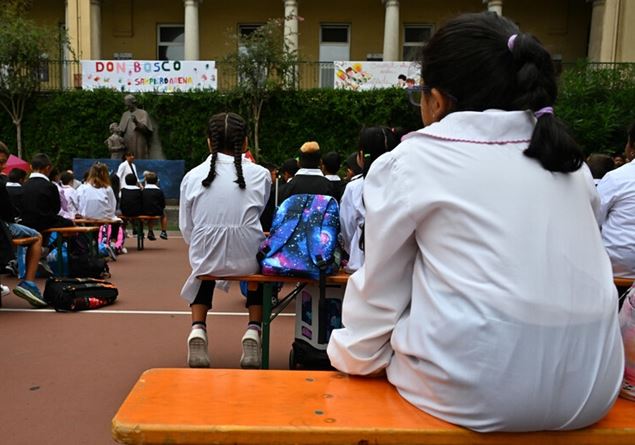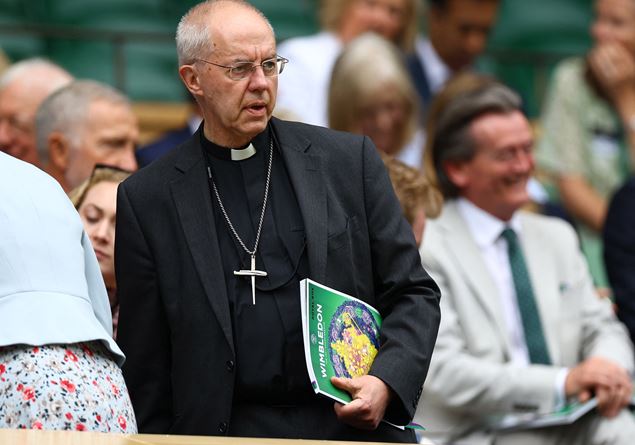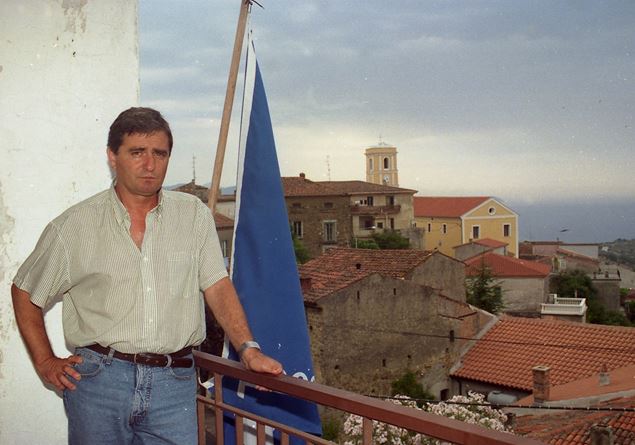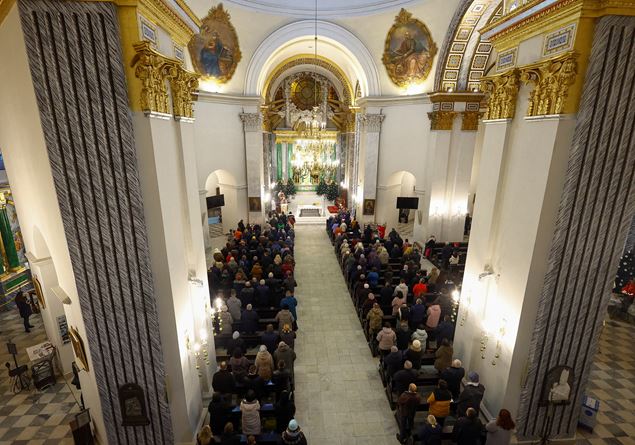
There was a large crowd at the end of the day at the Mercadona supermarket in Paiporta, a town of 25,000 inhabitants located south of Valencia. On Tuesday 29 October, floods coming from the hills after torrential rain crossed the city and poured into the supermarket car park. How many customers were trapped in the hundreds of square feet of the basement? How many have tried to take their car? How many managed to get out in time? Nobody knows yet, because the water has reached two meters throughout the city. For three days the priorities were to find the survivors.
It was also necessary to clear the passage, a tangle of cars, removing them one by one, so that the firefighters could reach the place with heavy vehicles.
After the violent floods that surprised the south-east of Spain, many people are still missing. To find the bodies, rescuers will have to probe the many cars overwhelmed by torrents of mud.
At least 217 people have died and rescue operations continue. The priorities remain the search for the missing and the reopening of the roads to allow the delivery of aid and the restoration of essential services, clearing vehicles and rubble that obstruct movement. After the floods, which occurred during the night between Tuesday 29th and Wednesday 30th, the telecommunications network was partially destroyed. The scale of this disaster is unprecedented in this Spanish region.
Solidarity demonstrations continue, particularly in Valencia.
The International Association of Queen Elena (AIRH), founded 39 years ago to cultivate the memory of the second queen of Italy, in Montpellier, the French city where she died in 1952, and continue the humanitarian commitment that characterized her entire existence, acted promptly, i.e. since 30 October. The Spanish leaders and volunteers of the Association on 30 October were joined the following day by others from Modena, Marseille and Perpignan. «Our French and Italian members», explains the AIRH in a note, «left on Sunday 3 November, after having greeted the king, Philip VI on a visit to support the populations, leaving 4 tons of food to their Spanish friends, 1,800 kg of hygiene products, 328 blankets, 3,200 items of clothing and 600 toys. Other humanitarian aid will follow when the roads are cleared and access is facilitated.” A first “mission” is planned by France and Italy for this weekend.
Last October 30, Prince Sergius of Yugoslavia, son of Maria di Pia di Savoia, the eldest daughter of Umberto II and Maria Josè, the last sovereigns of Italy, on behalf of the Association of which he is international president, sent a message of condolences and solidarity to King Philippe, to the families of the victims, to the injured, to the displaced and to all the Spanish people.
The devastating flood in Valencia in 1957 comes to mind (400 deaths due to the flooding of the Turia) with the diversion of the river’s course for 12 kilometres: an impressive work, which has now probably avoided catastrophic consequences for the capital, but never carried out totally complete. The planned hydraulic engineering work stopped in 1973 and the construction of a basin capable of containing 164 million cubic meters of water was not achieved. Nothing more was done about it even after the return to democracy.
Consequence: once the city was saved, the fragility of the suburbs was accentuated. There are more than a million houses built in risk areas, most along the Mediterranean coast, especially between Valencia and Murcia. Uncontrolled cement flows until the entry of the Kingdom of Spain into the European Union which waterproofed the soil making it impossible for water to be absorbed into the ground. There are now almost three million people living in flood zones, with the risk of new disasters.









